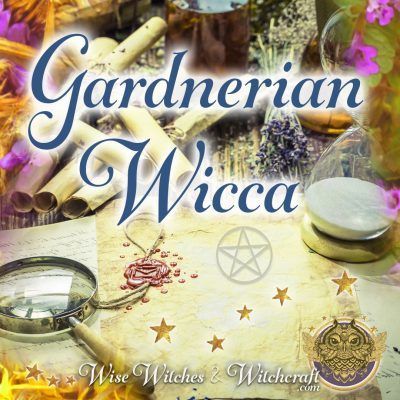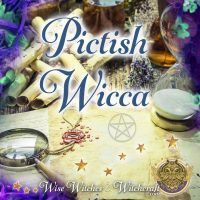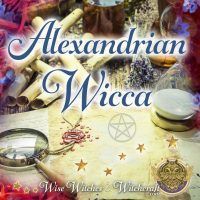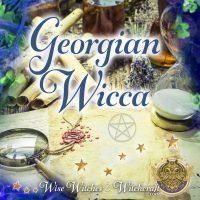Seax Wicca (Saxon Wicca)
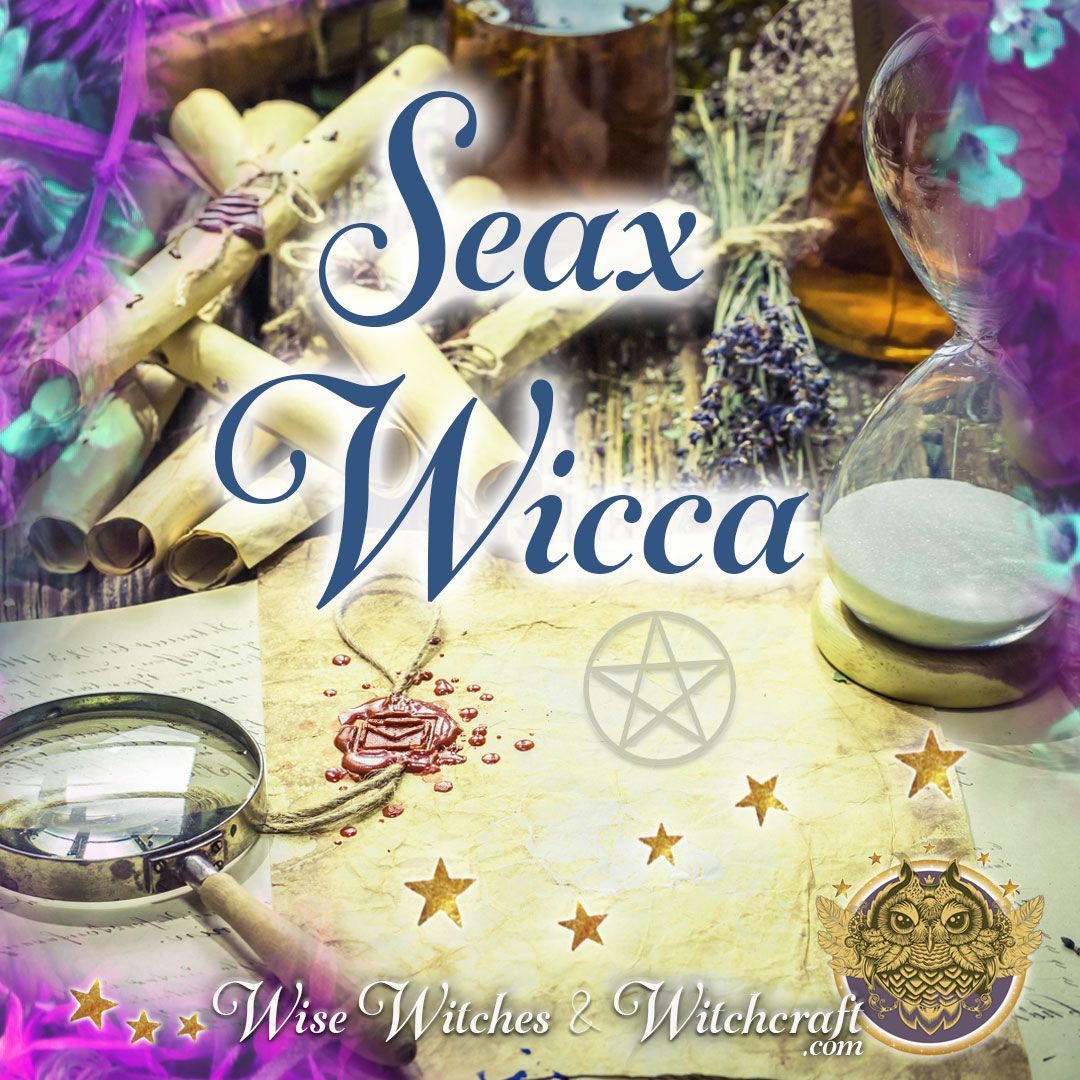
On visualization magick, “Don’t see a thing working-see it finished!”
– Raymond Buckland
In 1974, Raymond Buckland wrote a book entitled, The Tree: The Complete Book of Saxon Witchcraft (later renamed Buckland’s Book of Saxon Witchcraft – 2005). This book became highly influential and inspired a whole new magical tradition. The story behind the scenes is quite the romp.
It begins with Buckland traveling to Scotland being very interested in Wicca. It was there that he and Gerald Gardner met, became friends, and eventually, Buckland was initiated into the Gardnerian tradition. Once he returned to the states, Buckland became Gardner’s over-the-pond representative to an inquisitive audience.
During the 1960s, Wicca was really beginning to grab the public eye. The era was ideal for something new and fresh regarding spirituality. Even so, the secretive, initiatory and hierarchical nature of Gardnerian covens made it difficult for this religious movement to grow. By 1970 Buckland started thinking about devising a different form of witchcraft that wouldn’t have such staunch limitations. He wasn’t alone in wanting changes. It was around this time that Doreen Valiente and Alex Sanders both launched new magical traditions as well.
Seax or Saxon Wiccan Tradition: Foundations
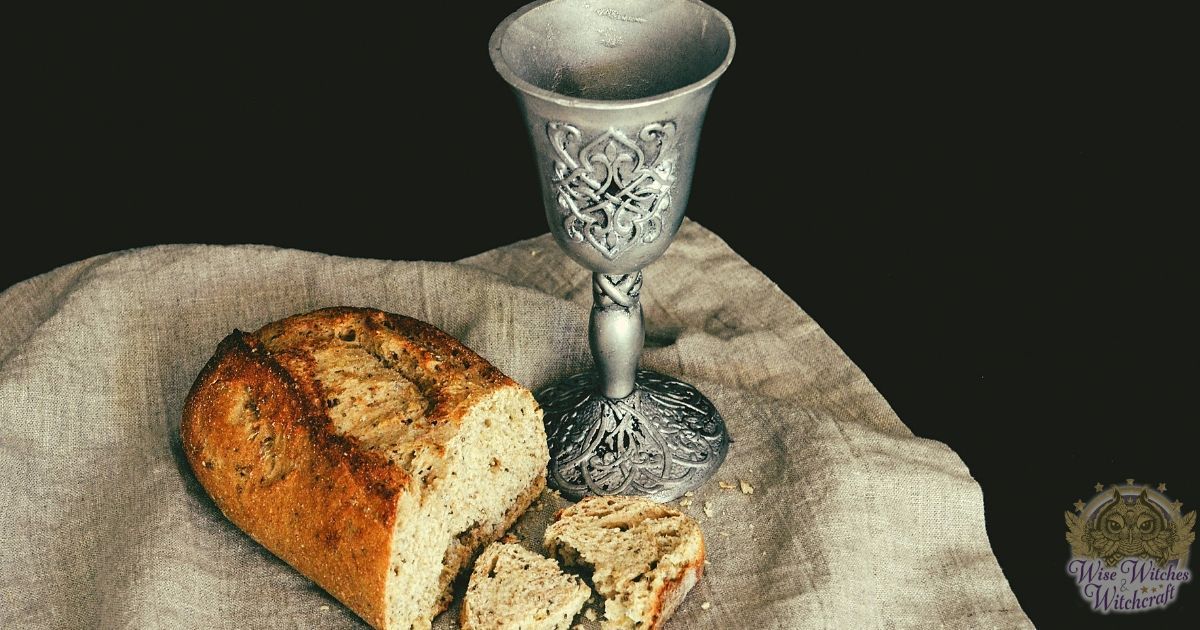
Buckland took some cues from both Gardnerian Witchcraft and Alexandrian Wicca, then added his own spin founding Seax Wicca. Little did he know that just over a decade later this tradition would be featured in Earth Religion News. The timing was ideal as Weiser Books was soon to release The Tree, his first tome on this subject.
Buckland wisely avoided any notion that this was a historically accurate recreation of pre-Christian Saxon customs. Instead, it was a cultural foundation for the rites he created. For example, the God and Goddess of Seax Wicca come from the Saxon pantheon, namely Woden and Freya. On the other hand, he chose Celtic names for the holidays because practicing Wiccans could readily relate to them (and honestly, they were much easier to pronounce!).
The Seax Wiccan Self-Initiation
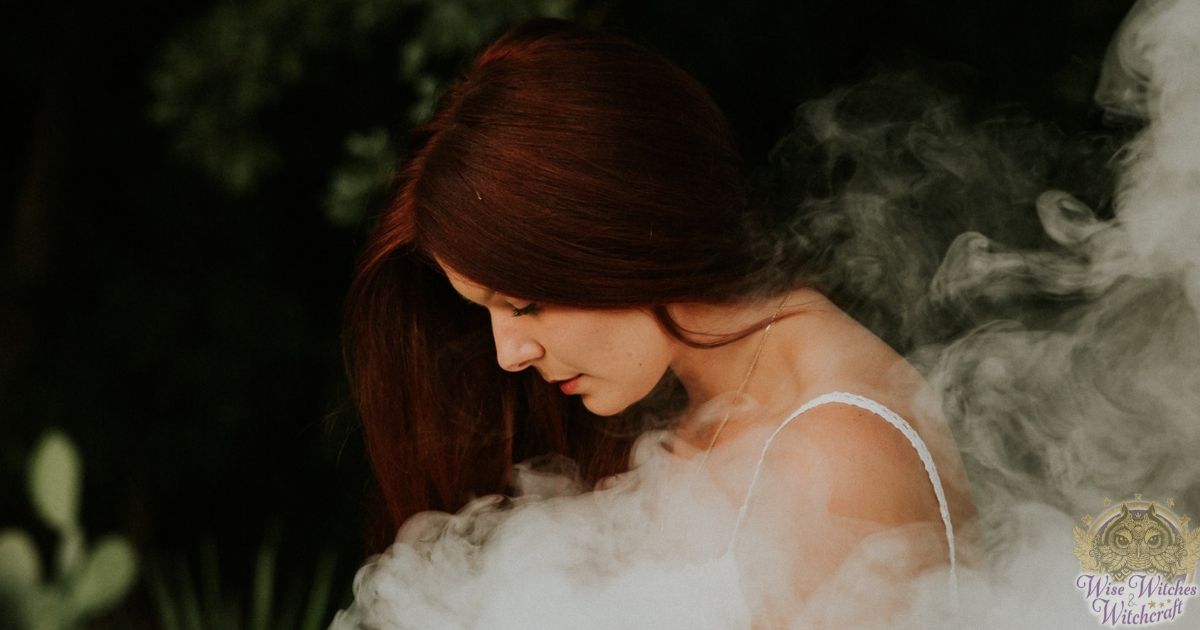
The beauty in Seax Wicca, while still being an initiatory practice, is that it offered a means of Self Dedication for those who worked alone as Solitary Witches. Buckland felt, and rightly so, that someone, somewhere had to be the first person to respond to a Craft calling, and dedicated themselves to that pursuit. If that original “witch” was self-initiated, which is simply logical, that sets a precedent for honoring that method going forward. While some traditions have held tightly to the necessity of being initiated by a Priest and Priestess, many others sighed in relief, merely wanting to step into their practices feeling acknowledged by the Divine.
Self-initiation opened the door to a whole new generation of Solitary practitioners. Many of these practitioners would go on devising other Wiccan options. Additionally, Seax Wicca dismantled the concept of a complex internal order among members. Yes, there was a Priest and Priestess who facilitated meetings and rituals, but these positions came about by majority vote on an annual basis. The elected Priest or Priestess could be either a person who was initiated or one who was self-dedicated, there was no greater or lesser value between the two. Mind you, it is presumed that a self-dedicated Wiccan would continue their studies and grow in both knowledge and craft wisdom.
Seax Wiccan Community Inclusiveness
[wisew_rectangle_large align=”left”]Two interesting historical notes are that one, Seax Wicca welcomed the gay community into practice. Two, Seax Wicca had no secret rites or ceremonies – the faith and traditions were wholly transparent so people could easily learn the fundamentals. These types of outlooks were ones that would transform the face of Wiccan covens going forward to a far more liberal system that was less likely to have abusive leaders heady with power.
The reason people found themselves attracted to this belief system varied. Some appreciated the open outlook on solitary practitioners. Others understood the democratic nature of Seax covens. Then there were those, particularly in the United States and the United Kingdom, who simply enjoyed the Saxon symbolism and undertones.
Buckland’s approach to Wicca was one that embraced diversity and creativity. Many Seax covens adapted rituals, spells, etc. into something more reflective of the group. Buckland saw magic as energy that could adapt to new times and circumstances. Rather than black and white dogma, Seax Wicca offered a full rainbow of possibilities without the conceit evidenced in some fixed traditions.
Coven Structure for Seax Wicca
The groups that form as Seax Wiccan covens have no need to network with other groups. Autonomy is valued so the group can privately agree on how they wish to move forward with their practices. About the only leadership acknowledged by those in this tradition is honoring Mr. Buckland himself as the founder.
Regarding internal coven leadership, after a priest or priestess continues in their role for two years, they earn the title of High Priest or Priestess. This isn’t a title of power. Rather, it acknowledges respect and honors their service to the whole.
There are other specified roles in the Seax coven. One is a watcher who guards sacred rituals. Second is a secretary who, as the name implies, maintains the coven’s records. It is interesting to note that the word for the watcher, Thegn, means one who serves.
The Seax Wiccan Tradition: Michael Crow’s Role
[wisew_rectangle_large align=”right”]There was a time when Seax Wicca had another public face, that of Michael Crow. His role was basically acting as a helpmate to Buckland who quickly became overwhelmed by questions and requests for training. The popularity of Seax Wicca eventually put Mr. Crow in the same position. A third associate was added but unfortunately turned out to have created a false facade that damaged various groups and individuals. As a result, Mr. Buckland never asked for assistance again, trusting that his writing and teachings thus far was enough to carry Seax Wicca forward. That trust certainly manifested as hoped.
Gods and Goddesses of Seax (Saxon) Wicca
Seax Wicca bears some marks of Wicca as a whole. They look to both the sacred male and female by whatever name the group chooses. Some consider these to be the only divine faces, while others think of them but two of many. In either case, the theology here manifests duality. From a Saxon point of view, the latter approach is more traditional since their mythology includes numerous Gods and Goddesses. Overall Woden, the god of magic, and Freya the goddess of passion and fortune continue as the favorite Deities followed. Some of the teachings that follow from this partnering include working with runes and other forms of divination, creating charms, healing arts (particularly herbal) and trance dancing.
Raymond Buckland: The Closing Chapter
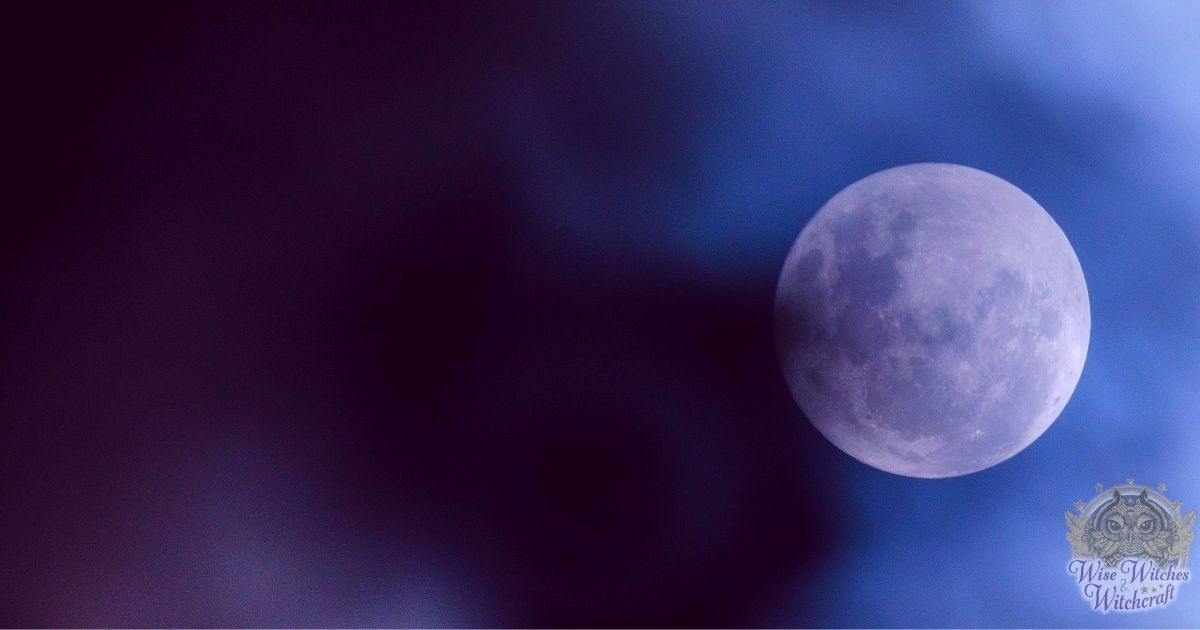
In 1992, Mr. Buckland and his wife Tara set up a homestead in Ohio. Between 1973 and 2010 he wrote nearly a book a year on various subjects including Gypsy love magic, coin divination, alchemy, and mediumship. At this juncture, Ray remained a solitary practitioner like many others he taught and influenced. Sadly in 2015, his health began spiraling downward. Finally, in September 2017 the world lost a bright shining soul to Summerland. Nonetheless, his impact on Seax Wicca and magical practices remains firmly rooted for future generations.
Thanks to Seax Wicca practitioners living all over the world, the prospects for this tradition seem solid and open for yet more growth. Additionally, on the heels of Seax Wicca, many spiritual seekers have begun exploring the ancient Saxon approach to magic and the Mysteries. Such individuals may or may not land in Seax Wicca proper, but it certainly stands as a statement to the popularity and effectiveness of this tradition.
Discover Other Types of Wicca Traditions

Alexandrian Wicca Tradition – Alexandrian Witchcraft, or Alexandrian Wicca began in the 1960s, founded by Alexander Saunders and his wife. This magical tradition has similarities to Gardnerian and remains a well-recognized Wiccan path.
Blue Star Wicca Tradition: The Blue Star Wiccan coven began in 1975. Considered an Eclectic Wiccan group, there are recognizable elements of both Alexandrian and Gardnerian Wiccan paths in this practice. Musical Pagans may enjoy the Blue Star liturgical music Moon Hooves in the Sand (1983).
Celtic Wicca Tradition: Celtic Wicca traces many of its practices to ancient Scotland, Ireland and Wales. This magical tradition overflows with folklore and “old world” magic. If the sound of bagpipes makes your heart flutter, read more and see if you might be a Celtic Witch.
Dianic Wicca Tradition: Dianic Witches emphasize the Goddess and many feminist ideals. Dianic Wiccans combine Italian folk magic and healing practices with parts of British Traditional Wicca. Practitioners use magic, meditations, spells, and visualizations in their workings.
Eclectic Wicca Tradition: Eclectic Wiccans are the “freestylers” of magical methods. This magical path seeks out underlying truths and inspiring practices from many of the worlds spiritual and religious traditions. From this gathered knowledge they devise a highly personal practice.
Gardnerian Wicca Tradition: Considered the first devised Wiccan tradition started by Gerald Gardner. This is an oath-bound initiatory magical path, organized in covens with a Priest and Priestess presiding. Gardnerian Wiccans often have strong ties to British Traditional Wicca.
[wisew_rectangle_large align=”left”]
Georgian Wicca Tradition: Similar to British Traditional Wiccan groups, Georgian Wicca was founded by George Patterson III. In 1971 Georgian Wicca had a charter through the Universal Life Church. The New England Covens of Traditionalist Witches assisted in formalizing this Tradition further.
Green Wicca Tradition: Green Witches are environmentally-aware practitioners. They have a strong connection to Earth and the living energy of the Universe. Green Wiccans practice a variety of nature-oriented magic methods including spells and divination.
Pictish Wicca Tradition: Pictish Witchcraft begins in old Scotland with a strong focus on nature. Considered more a magical path than a religious practice, this is most Pictish Wiccans are Solitary Witches. Divination and Meditation also figure heavily into the Pictish Witch’s methods.
Solitary Wicca Tradition: Solitary Witches like to worship privately away from Coven settings. They practice a variety of magical Traditions that adapt to working alone. The Solitary Wiccan path is very intimate and personal to each practitioner.
Traditional Wicca Tradition: The Traditional Witch relies heavily on the history and folklore of our ancestors who practiced magic in simple, but effective ways. Traditional Witchcraft includes many familiar elements of Wicca and Paganism but is really neither. Some Traditional Witches have family or coven ties that guide their beliefs.

